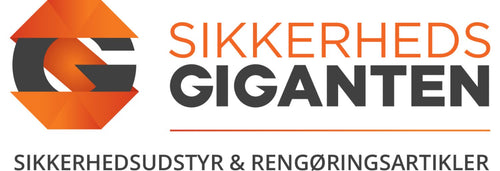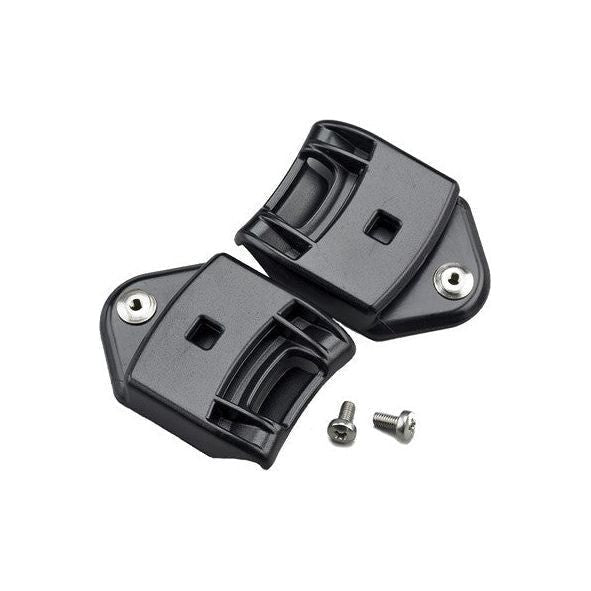Safety helmets
Ofte stillede Spørgsmål
Safety helmets
What is the difference between EN 397 and EN 12492 safety helmets?
What is the difference between EN 397 and EN 12492 safety helmets?
What is the difference between EN 397 and EN 12492 safety helmets?
What is the difference between EN 397 and EN 12492 safety helmets?
Can I use a bump cap instead of a safety helmet?
Can I use a bump cap instead of a safety helmet?
What type of safety helmet is best for electrical work?
What type of safety helmet is best for electrical work?






